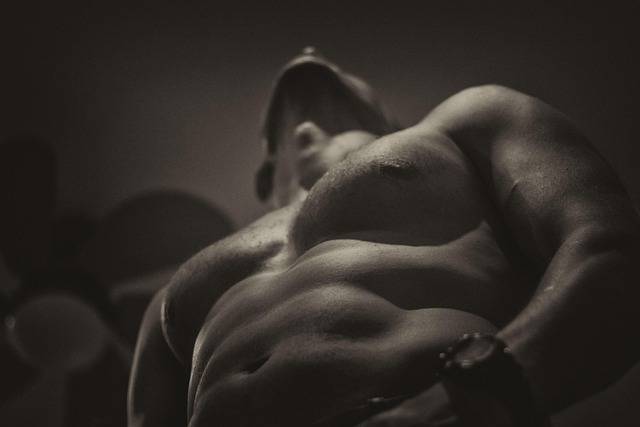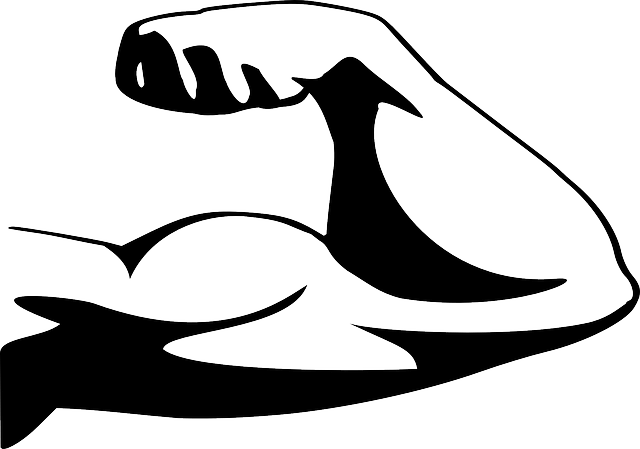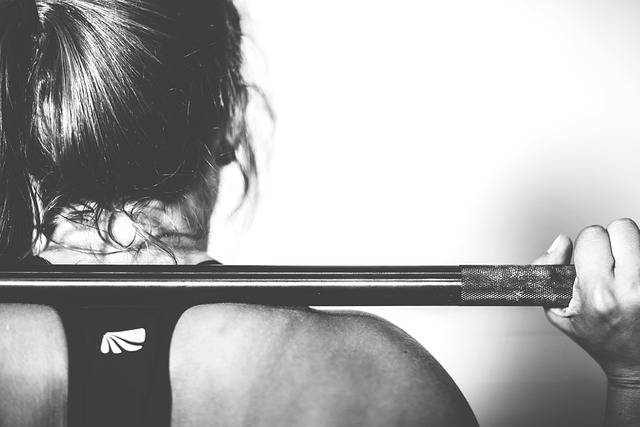10 Effective Ab Exercises to Do at Home
Are you looking to strengthen your core and build those coveted six-pack abs without having to hit the gym? Well, you’re in luck! In this article, we’ll explore a range of effective ab exercises that you can do in the comfort of your own home. These exercises will help you target different areas of your abdominal muscles and improve your overall core strength.
The Importance of Ab Exercises:
Maintaining a healthy and active lifestyle is a goal that resonates with many, and it often begins with a desire for a strong and aesthetically pleasing midsection. However, the importance of ab exercises extends far beyond the realm of appearance. A strong and well-conditioned core plays a pivotal role in overall health, physical performance, and daily functionality. In this discussion, we will delve into the multifaceted significance of ab exercises, exploring the myriad benefits they offer beyond simply sculpting a toned abdomen. From enhancing posture and preventing back pain to boosting athletic performance and promoting longevity, the impact of ab exercises on our well-being is profound and far-reaching. Let’s explore how incorporating these exercises into your fitness routine can lead to a healthier, more functional, and vibrant life.

Benefits of Doing Ab Exercises at Home:
Engaging in ab exercises at home offers numerous advantages that make them an appealing choice for individuals seeking to improve their core strength and overall fitness. Whether you’re working with limited time, equipment, or simply prefer the comfort and privacy of your own space, home-based ab workouts can be highly effective.
Here are some key benefits of incorporating ab exercises into your home fitness routine:
Convenience: One of the most significant advantages of home-based ab workouts is the convenience they offer. You can exercise whenever it fits your schedule, eliminating the need to commute to a gym and saving precious time. This flexibility makes it easier to establish and maintain a consistent exercise routine.
Cost-Effective: Home ab workouts are cost-effective, as they require minimal to no equipment. You can perform a wide variety of effective ab exercises using only your body weight, a yoga mat, or a stability ball. This can lead to substantial savings compared to gym memberships or purchasing expensive exercise equipment.
Privacy and Comfort: Exercising at home provides a level of privacy and comfort that some individuals find more appealing than working out in a public gym. You can wear whatever you like, play your preferred music, and exercise without feeling self-conscious or judged.
Increased Consistency: Consistency is a key factor in achieving fitness goals. With home-based ab exercises, you are more likely to stay committed to your routine since you don’t have to navigate external factors like gym hours, crowded spaces, or waiting for equipment.
Family and Household Integration: You can involve family members or housemates in your home workouts, turning them into fun and social activities. Encouraging a healthy lifestyle among loved ones becomes more accessible when fitness is a shared experience.

Customized Workouts: Home workouts allow you to tailor your exercises to your specific fitness level and goals. You can choose from a wide range of ab exercises and create a routine that suits your needs, whether you’re focusing on core strength, toning, or weight loss.
No Commute: The time saved by not having to commute to a gym can be utilized for more productive activities. Whether it’s spending extra time with family, tackling work responsibilities, or simply enjoying more leisure time, home-based workouts free up valuable minutes in your day.
Weather Independence: Bad weather, a common reason for missing gym workouts or outdoor activities, doesn’t affect home-based ab exercises. You can maintain your routine regardless of rain, snow, or extreme temperatures. For more details visit today.com
Ongoing Progress: Monitoring your progress is easier at home. You can record your workouts, track improvements, and adjust your routine as needed. This self-awareness can boost motivation and keep you on track to meet your fitness goals.
Reduced Excuses: Home workouts eliminate many common excuses for not exercising, such as gym membership costs, distance from the gym, or time constraints. By removing these barriers, you’re more likely to stay committed to your fitness journey.
Equipments Needed:
One of the appealing aspects of ab exercises at home is the minimal equipment required to get a challenging and effective core workout. Whether you’re a beginner or a seasoned fitness enthusiast, you can create a comprehensive ab workout routine with just a few basic pieces of equipment.
Here’s a list of the essential items you may need for effective ab exercises at home:
Exercise Mat or Yoga Mat: An exercise mat provides a comfortable and cushioned surface for your workouts. It’s especially useful for floor exercises like crunches, planks, and leg raises, as it protects your back and provides a non-slip surface.
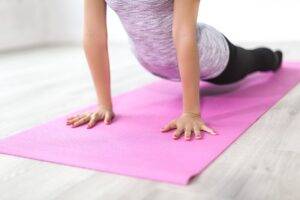
Stability Ball (Exercise Ball): A stability ball is a versatile tool for core workouts. It adds an element of instability, requiring your core muscles to engage more to maintain balance during exercises like stability ball crunches, pikes, or planks.
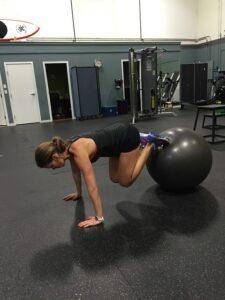
Resistance Bands: Resistance bands come in various strengths and can be used to add resistance to your ab exercises. You can use them for exercises such as seated Russian twists, cable chops, or standing side leg lifts.
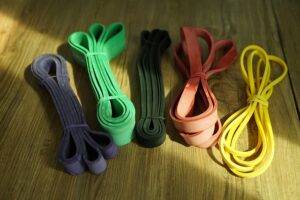
Dumbbells or Kettlebells: If you want to intensify your ab workouts, adding weights can be effective. Dumbbells or kettlebells can be used for exercises like weighted Russian twists, weighted leg raises, or farmer’s walks.
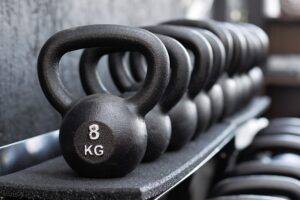
Pull-Up Bar: A pull-up bar can be mounted on a door frame and is not only for upper body exercises but can also be used for hanging leg raises, which target the lower abdominal muscles.
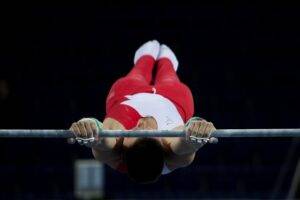
Ab Wheel (Ab Roller): An ab wheel is a simple yet effective tool for challenging your core. It engages the entire abdominal area and is particularly useful for advanced users.
Bench or Decline Bench: If you have space and the budget for it, a bench or a decline bench can expand your range of ab exercises, allowing you to do decline sit-ups, decline bench leg raises, or decline oblique crunches.
Fitness Apps or Videos: While not a physical piece of equipment, fitness apps and instructional workout videos can guide you through various ab exercises, ensuring you maintain proper form and get a well-rounded workout.
Timer or Stopwatch: To monitor your rest intervals and maintain discipline during your workouts, a timer or stopwatch can be beneficial. This helps ensure that you stay on track with your workout routine.
Comfortable Exercise Clothing: Wearing comfortable workout attire is crucial for allowing a full range of motion during your ab exercises. Make sure you have suitable clothing and athletic shoes for added support and stability.
It’s important to note that you don’t need all of this equipment to have an effective ab workout at home. Your choice of equipment can be tailored to your fitness level, preferences, and budget. Many ab exercises can be performed using only your body weight, making them accessible to anyone. Additionally, as you progress and your fitness level increases, you can gradually incorporate equipment to add variety and challenge to your ab workouts.
Warm-Up Routine:
Before diving into the core exercises, it’s essential to warm up your body. Spend 5-10 minutes performing light cardio exercises like jumping jacks, jogging in place, or skipping rope. This will get your heart rate up and prepare your muscles for the workout ahead.
Crunches for Core Strengthening: (Exercise no 1)
Basic Crunches:
- 1. Lie on your back with your knees bent and feet flat on the floor.
2. Place your hands behind your head or cross your arms over your chest.
3. Engage your core and lift your upper body off the ground.
4. Lower your body back down, but don’t let your head touch the ground.
5. Repeat for 15-20 reps.
Bicycle Crunches:
- 1. Lie on your back and lift your legs, bending your knees.
2. Bring your right elbow toward your left knee while extending your right leg.
3. Alternate sides in a bicycle-pedaling motion.
4. Do 15-20 reps on each side.
Reverse Crunches:
- 1. Lie on your back with your knees bent and feet flat.
2. Place your hands by your sides or under your hips.
3. Lift your legs, bringing your knees toward your chest.
4. Lower your legs back down without letting them touch the floor.
5. Repeat for 15-20 reps.
Planks for a Strong Core: ( Exercise no 2)
-
- Forearm Plank:
- 1. Lie face down with your elbows under your shoulders.
2. Lift your body off the ground, creating a straight line from head to heels.
3. Hold the position for 30-60 seconds, or as long as you can.
-
- Side Plank:
- 1. Lie on your side with your elbow directly under your shoulder.
2. Lift your hips until your body forms a straight line from head to heels.
3. Hold for 30-60 seconds on each side.
-
- Plank with Leg Lifts:
- 1. Start in a forearm plank position.
2. Lift one leg a few inches off the ground and hold for a few seconds.
3. Lower the leg and repeat on the other side.
4. Do 15-20 leg lifts on each side. -
Leg Raises for Lower Abs: (Exercise no 3)
-
Hanging Leg Raises (if you have a pull-up bar)
-
- 1. Hang from a pull-up bar with your legs straight.2. Lift your legs until they are parallel to the ground.
3. Lower them back down.
4. Repeat for 15-20 reps.-
Lying Leg Raises:
-
- 1. Lie on your back with your legs straight.
2. Lift your legs until they are perpendicular to the ground.
3. Lower them back down.
4. Repeat for 15-20 reps. -
Russian Twists for Oblique Muscles:(Exercise no 4)
-
-
Basic Russian Twists:
-
- 1. Sit on the floor with your knees bent and feet off the ground.
2. Hold a weight or a household item with both hands.
3. Lean back slightly and twist your torso to the right, touching the weight to the ground.
4. Repeat on the left side.
5. Do 15-20 twists on each side.
-
-
Weighted Russian Twists:
- 1. Follow the same steps as the basic version but use a heavier weight or household item for added resistance.
-
Mountain Climbers for Overall Core Engagement:(Exercise no 5)
- 1. Start in a push-up position with your hands under your shoulders.
2. Bring one knee toward your chest while keeping the other leg extended.
3. Alternate the leg movements in a running motion.
4. Do this exercise for 30-60 seconds. -
Conclusion:
Incorporating these ab exercises into your home workout routine can help you build a strong core, improve your posture, and boost your self-confidence. Remember to stay consistent, eat a balanced diet, and stay hydrated to see the best results. By dedicating time and effort, you can achieve your fitness goals without leaving the comfort of your home.
FAQs:
Are ab exercises effective for weight loss?
Ab exercises can help you build muscle and increase your metabolism, but they alone won’t lead to significant weight loss. Combining them with a healthy diet and overall exercise routine is key for weight management.How often should I do ab exercises at home?
You can perform ab exercises 3-4 times a week, allowing for rest days in between. Consistency is more important than frequency.Can I do these exercises if I’m a beginner?
Yes, these exercises are suitable for beginners. Start with the basic versions and gradually increase - What are the benefits of doing ab exercises at home?
- Ab exercises at home offer convenience, cost savings, privacy, and the flexibility to customize your routine. They can help you strengthen your core, improve posture, and enhance overall fitness.
- Do I need special equipment for ab exercises at home?While equipment can enhance your workouts, many effective ab exercises can be done with minimal or no equipment. A mat, stability ball, or resistance bands are common choices, but bodyweight exercises can be equally effective.
- How often should I do ab exercises at home?The frequency of ab workouts can vary, but incorporating them 2-3 times a week into your fitness routine is a good starting point. Listen to your body and gradually increase the frequency as your fitness level improves.
- What are some effective bodyweight ab exercises I can do at home?Bodyweight exercises like crunches, planks, leg raises, and bicycle crunches are great options for working your core without equipment.
How can I make ab exercises more challenging at home?
To increase the challenge, you can add resistance with weights, incorporate stability exercises with a stability ball, or increase the intensity by performing advanced variations of common exercises.
- Can I target different parts of my abdominal muscles with these exercises?Yes, by choosing a variety of ab exercises, you can target different areas of the abdominal muscles, including the upper, lower, and obliques. This helps create a more balanced and toned core.
- Are these exercises suitable for beginners?Yes, many of the listed ab exercises can be adapted to suit beginners. Start with the basic variations and gradually progress to more advanced versions as you become more comfortable and stronger.
- How do I ensure proper form during ab exercises at home?Proper form is essential to prevent injury and maximize the benefits of ab exercises. You can use instructional videos, fitness apps, or consult with a fitness professional to learn the correct techniques.
- What’s the best time to do ab exercises at home?The best time to do ab exercises is when it fits your schedule and when you have the most energy. Some people prefer morning workouts, while others prefer evenings. Consistency is more important than the specific time of day.
- Can I achieve a six-pack or toned abs with these exercises?These exercises can help strengthen and tone your abdominal muscles, but visible results depend on various factors, including diet and overall body fat percentage. A well-balanced approach, including a healthy diet, is essential for achieving a defined midsection.
Remember to consult with a healthcare professional or fitness expert before starting any new exercise routine, especially if you have any underlying health conditions or concerns.

